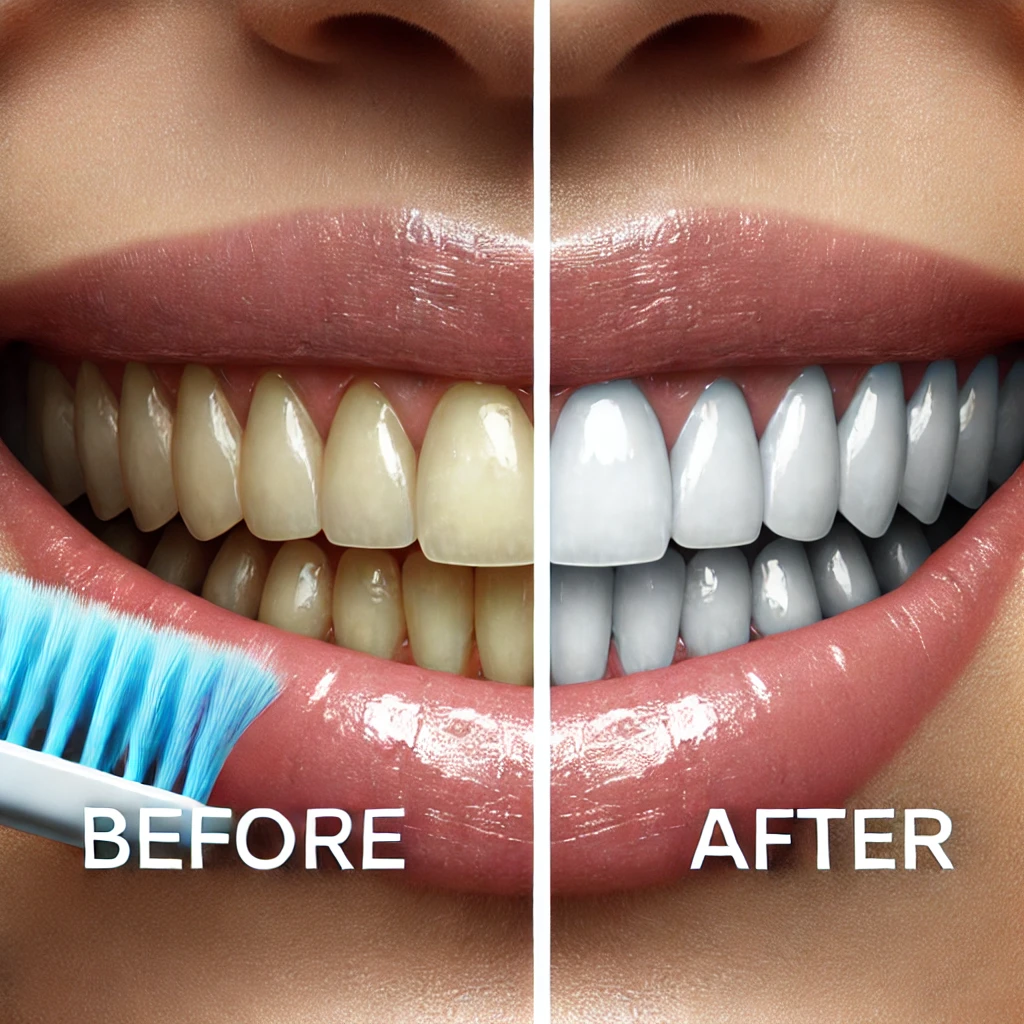Bad breath, medically known as halitosis, is a common condition that affects millions of Americans daily. While it can be an embarrassing issue, understanding its causes, adopting preventive measures, and exploring effective treatment options can help individuals tackle bad breath with confidence.
What Causes Bad Breath?
Bad breath can stem from various factors, including:
- Poor Oral Hygiene: Inadequate brushing and flossing allow food particles to linger, promoting bacterial growth in the mouth.
- Dietary Choices: Foods like garlic, onions, and certain spices can contribute to temporary bad breath.
- Dry Mouth (Xerostomia): Saliva helps cleanse the mouth. A decrease in saliva production can lead to a dry environment where bacteria thrive.
- Tobacco Products: Smoking and chewing tobacco can cause persistent bad breath and increase the risk of gum disease.
- Medical Conditions: Conditions such as sinus infections, diabetes, gastrointestinal issues, and respiratory infections can lead to halitosis.
- Oral Infections: Gum disease, cavities, and oral infections are common culprits of persistent bad breath.

How to Prevent Bad Breath
- Maintain Proper Oral Hygiene: Brush twice daily with fluoride toothpaste and floss regularly to remove food particles and plaque.
- Clean Your Tongue: Use a tongue scraper or your toothbrush to remove bacteria and debris from the tongue.
- Stay Hydrated: Drink plenty of water to keep your mouth moist and stimulate saliva production.
- Choose Breath-Friendly Foods: Incorporate crunchy fruits and vegetables like apples and carrots, which help clean teeth naturally.
- Quit Smoking: Avoid tobacco products to reduce bad breath and improve overall oral health.
- Replace Your Toothbrush Regularly: Change your toothbrush every 3–4 months or sooner if bristles are frayed.

Treatment Options for Bad Breath
At-Home Remedies
- Mouthwash: Use an antimicrobial or fluoride mouthwash to kill bacteria and freshen breath.
- Chewing Gum: Sugar-free gum, especially those containing xylitol, can stimulate saliva and combat dryness.
- Oil Pulling: Swishing coconut or sesame oil in the mouth for 10–15 minutes may help reduce bacteria and improve oral health.
Professional Treatments
- Dental Cleaning: Regular dental cleanings remove plaque and tartar, addressing potential sources of bad breath.
- Treatment for Gum Disease: If gum disease is the cause, deep cleaning procedures like scaling and root planing may be necessary.
- Address Underlying Conditions: Consult with a doctor if bad breath is linked to non-oral health issues like sinus infections or gastrointestinal problems.

When to See a Dentist or Doctor
If bad breath persists despite proper oral hygiene, it’s crucial to consult a healthcare professional. A dentist can check for oral health issues, while a doctor can address systemic causes of halitosis.

Conclusion
Bad breath is a manageable condition with the right approach. By maintaining good oral hygiene, making informed dietary choices, and seeking professional care when needed, you can enjoy fresher breath and improved confidence.

